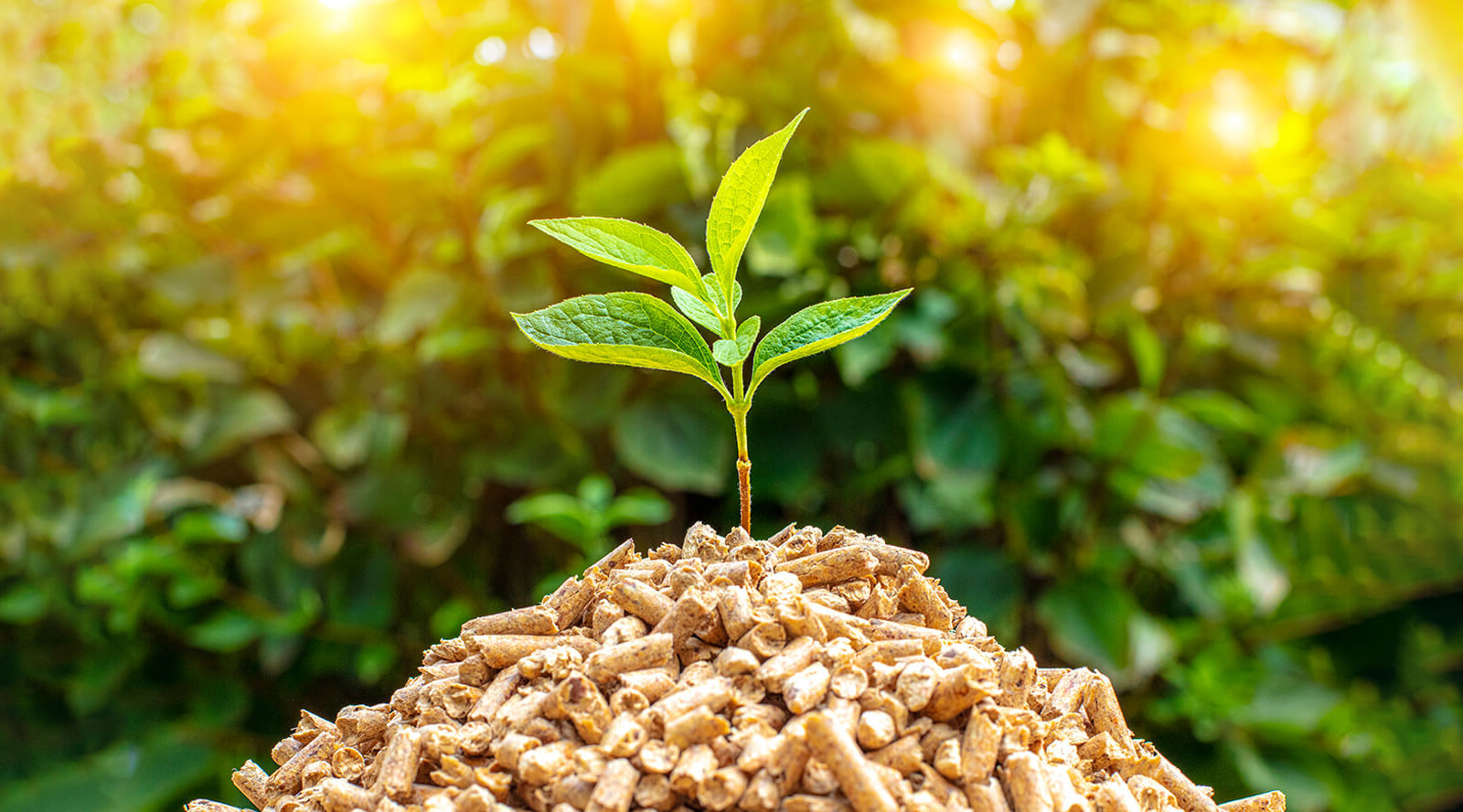
Biomass is a renewable energy source derived from organic materials like plants, wood, and waste. But what makes it so special? Biomass can be converted into electricity, heat, and even fuel, making it a versatile player in the energy game. Unlike fossil fuels, biomass helps reduce greenhouse gas emissions by recycling carbon dioxide. Curious about how it works? Imagine turning your kitchen scraps into power for your home. From ancient times to modern technology, biomass has been a key energy source. Ready to learn more? Let's dive into 29 fascinating facts about biomass that will blow your mind!
Key Takeaways:
- Biomass is a renewable energy source derived from plants and animals, offering benefits like reducing greenhouse gas emissions and creating jobs in rural areas.
- While biomass energy has many advantages, it also faces challenges like costly harvesting and potential air pollution, requiring careful management for sustainability.
What is Biomass?
Biomass is organic material that comes from plants and animals. It’s a renewable energy source that can be used to produce electricity, heat, and biofuels. Here are some fascinating facts about biomass.
-
Biomass is derived from living or recently living organisms, making it a renewable resource.
-
Common sources include wood, agricultural crops, and animal manure.
-
Biomass can be converted into energy through processes like combustion, gasification, and anaerobic digestion.
-
The energy produced from biomass is called bioenergy.
Types of Biomass
Different types of biomass can be used for energy production. Each type has unique characteristics and uses.
-
Wood and wood waste are the most common types of biomass.
-
Agricultural residues like corn stalks and wheat straw can also be used.
-
Animal manure is another source, often used in biogas production.
-
Algae is an emerging source of biomass, known for its high oil content.
How Biomass is Converted to Energy
The conversion of biomass into energy involves several methods. These processes help release the stored energy in biomass.
-
Combustion is the most straightforward method, burning biomass to produce heat.
-
Gasification converts biomass into a gas mixture called syngas, which can be used for electricity.
-
Anaerobic digestion breaks down organic material in the absence of oxygen, producing biogas.
-
Pyrolysis involves heating biomass in the absence of oxygen to produce bio-oil, syngas, and charcoal.
Benefits of Biomass Energy
Biomass energy offers several advantages over traditional fossil fuels. These benefits make it an attractive option for sustainable energy production.
-
Biomass is renewable, reducing dependence on fossil fuels.
-
It helps reduce greenhouse gas emissions by capturing carbon dioxide during plant growth.
-
Using waste materials for energy can reduce landfill waste.
-
Biomass energy can create jobs in rural areas, supporting local economies.
Challenges of Biomass Energy
Despite its benefits, biomass energy also faces some challenges. Understanding these can help improve its use and efficiency.
-
Harvesting and transporting biomass can be costly and labor-intensive.
-
Some biomass sources, like wood, can lead to deforestation if not managed sustainably.
-
Biomass combustion can produce air pollutants if not properly controlled.
-
The energy density of biomass is lower than that of fossil fuels, requiring larger quantities for the same energy output.
Biomass and the Environment
Biomass energy has a complex relationship with the environment. It can offer environmental benefits but also pose risks if not managed properly.
-
Biomass can help reduce waste by using agricultural and forestry residues.
-
Sustainable biomass production can enhance soil health and biodiversity.
-
Unsustainable practices can lead to habitat destruction and soil erosion.
-
Biomass energy can help mitigate climate change by reducing carbon emissions.
Biomass in the Global Energy Mix
Biomass plays a significant role in the global energy landscape. Its use varies widely across different regions and countries.
-
In developing countries, biomass is a primary energy source for cooking and heating.
-
Europe leads in modern biomass energy use, with extensive policies and incentives.
-
The United States has significant biomass resources, particularly from forestry and agriculture.
-
Brazil uses biomass extensively for biofuel production, especially ethanol from sugarcane.
Future of Biomass Energy
The future of biomass energy looks promising, with ongoing research and technological advancements. These developments could enhance its efficiency and sustainability.
- Advances in biotechnology could improve the efficiency of biomass conversion processes.
The Power of Biomass
Biomass stands out as a renewable energy source with immense potential. It offers a sustainable way to produce electricity, heat, and even fuel. By using organic materials like wood, agricultural residues, and even algae, biomass can help reduce our reliance on fossil fuels. This not only cuts down on greenhouse gas emissions but also supports local economies by creating jobs in rural areas.
Moreover, biomass energy production can make use of waste materials that would otherwise end up in landfills, turning a problem into a solution. It's a win-win for both the environment and the economy. As technology advances, the efficiency and cost-effectiveness of biomass energy are expected to improve, making it an even more attractive option.
In short, biomass holds promise for a cleaner, greener future. Embracing this energy source could be a key step toward achieving global sustainability goals.
Frequently Asked Questions
Was this page helpful?
Our commitment to delivering trustworthy and engaging content is at the heart of what we do. Each fact on our site is contributed by real users like you, bringing a wealth of diverse insights and information. To ensure the highest standards of accuracy and reliability, our dedicated editors meticulously review each submission. This process guarantees that the facts we share are not only fascinating but also credible. Trust in our commitment to quality and authenticity as you explore and learn with us.
